
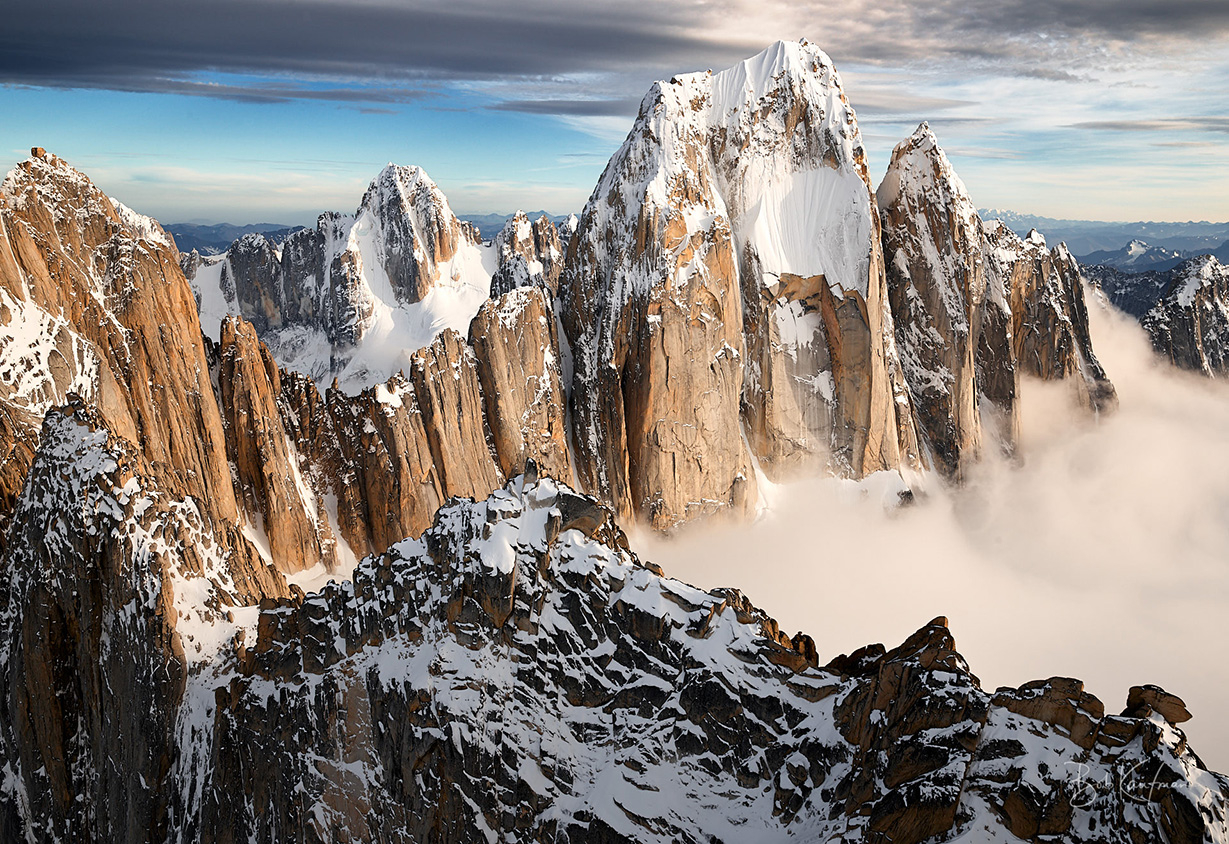
Meet Bob Kaufman
In the spring of 1986, while working for a consulting firm in Boston, Bob made the fateful decision to come to Alaska and climb Mt. McKinley (now “Denali”). It was a decision that would change the arc of his life. Four years later, he moved to Alaska and started a media company, Alaska Channel, that draws heavily on his love for Alaska and for imagery. One of his endeavors is Alaska.org, a website that shows independent travelers a better, more authentic way to see Alaska. Alaska is a great place to raise a family. He and his lovely wife has three children ages 9, 12, and 14.
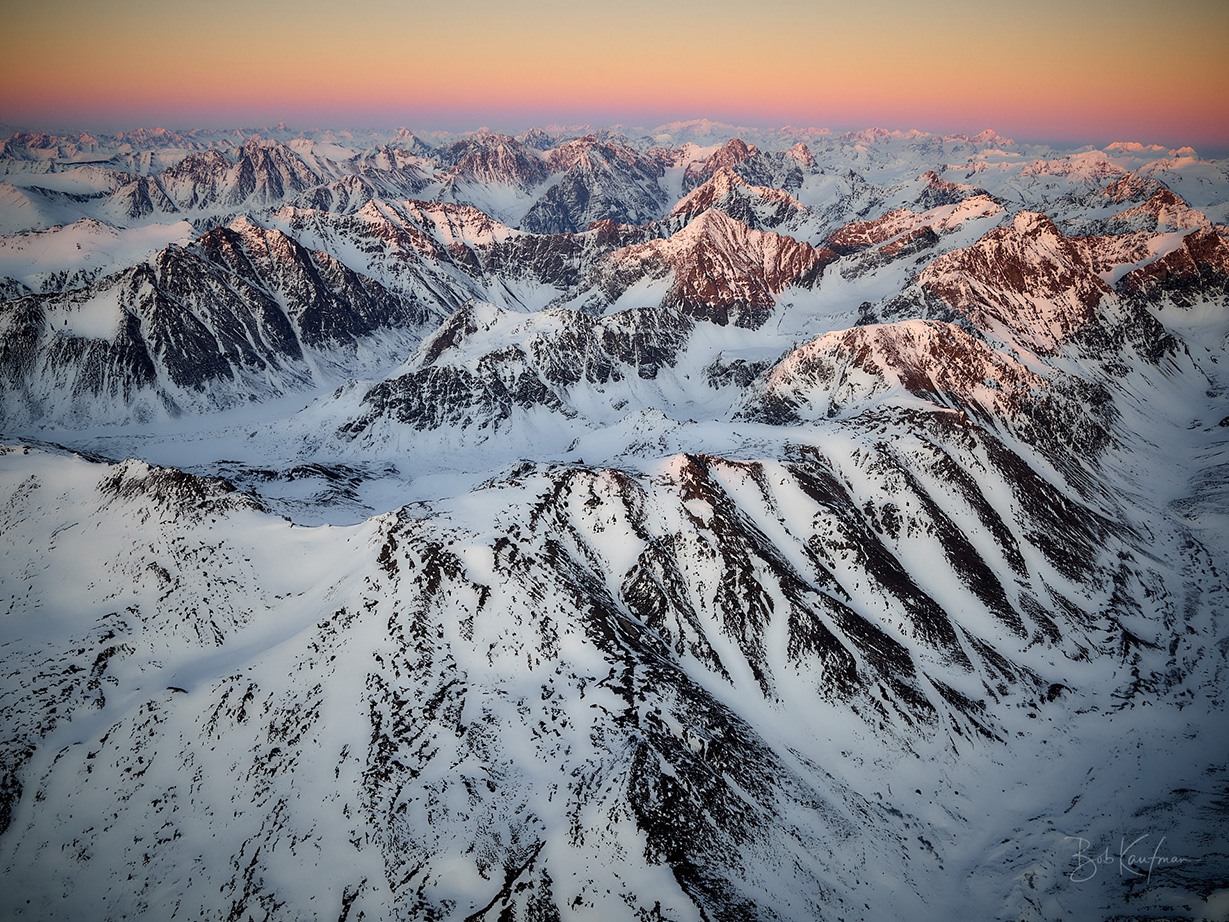
Bob, how did you discover your love for photography?
When I first came to Alaska in my twenties, I would spend weeks at a time exploring the remote Alaska backcountry by foot, ski, and paddle. I would carry my trusted Nikon FM2. It was my way to share the wonder of places I was experiencing.
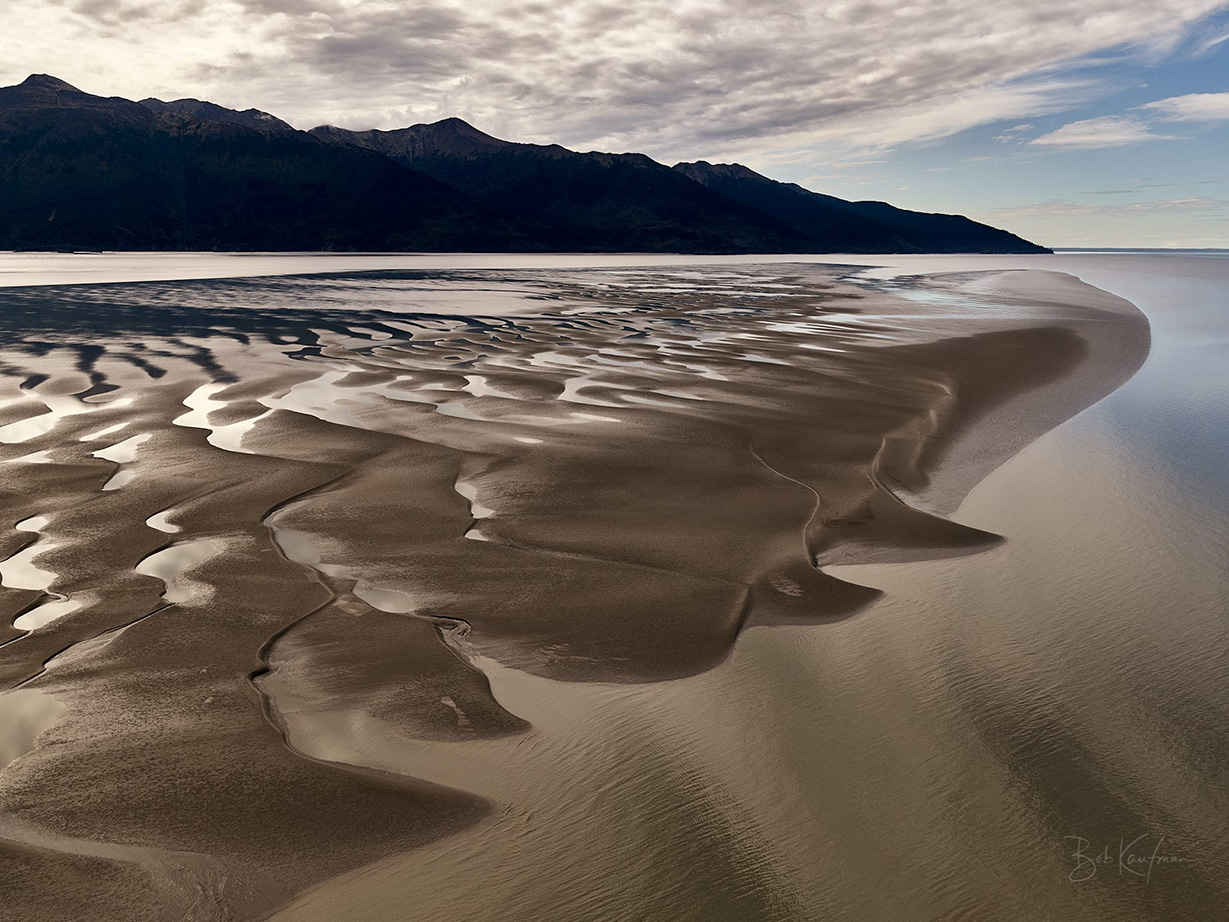
I’ve heard about your project in Alaska that included climbing mountains and using your helicopter as a tripod? This sounds very adventurous…. please tell us more…
Now, I’m 57, with a family—and much less time on my hands. I learned to fly, first airplanes and now a helicopter, so I can access the wilderness I love within the reality of my time and physical constraints.
My current project is called Alaska Unseen: a collection of images from places few people have ever seen—or will ever see again. Discovering these natural wonders in my helicopter is a spiritual experience. I share them to inspire others who feel a similar awe that there still exist lands untouched since the time of Creation.
For example, I might land on a wild mountain ridge that has never before felt the press of a human foot. Or in a newly-drained lakebed, surrounded by towering icebergs left behind only days ago by a flood of biblical proportions. Or stand feet from a cliff edge atop an ancient glacier that will soon disappear forever into the sea.
My personal challenge is to continually improve as an artist, to convey to viewers through my images the same sense of wonder I feel being there.
You are currently shooting with a Phase One IQ3 100 Trichromatic how does that enhance your workflow?
Transitioning from a DSLR (Canon 5D Mark III) to the Phase One has totally changed the game for me in two ways.
First, the Phase One serves my artistic purpose. The beauty of the natural world lies not just in its grand vistas, but also its infinite detail: fine water streaks down a mile-high granite wall; a tapestry of fragile wildflowers and lichens carpeting the tundra; a jumble of crevasses shearing apart a glacier. My goal is to enable the viewer to study these details while immersing themselves in the larger scene. The IQ3 makes that possible with image resolution and color reproduction beyond what I can see with the naked eye.
Second, the Phase One has revolutionized my productivity in aerial photography. I often shoot from the open door of a helicopter in one of the world’s most demanding aviation environments: mountain flying in Alaska. I want to divide my attention in as few directions as possible.
Phase One’s technology is reliable and its sensor so capable that I don’t have to think twice about my camera when shooting. I set focus with the hyperfocal button, and I know every image will be tack sharp edge to edge. I set a minimum shutter speed and let the ISO float, knowing even at ISO’s of 800 and 1600, I won’t have unrecoverable grain issues. The Capture Pilot app displays images on an iPad in the cockpit, so my co-pilot and I can be on the same page about where we’re trying to position the helicopter. Unlike with my previous DSLR, almost no images are blown for focus or exposure reasons. And the white balance is never off. Now, my blown images are due solely to my shortcomings in scene selection and composition!
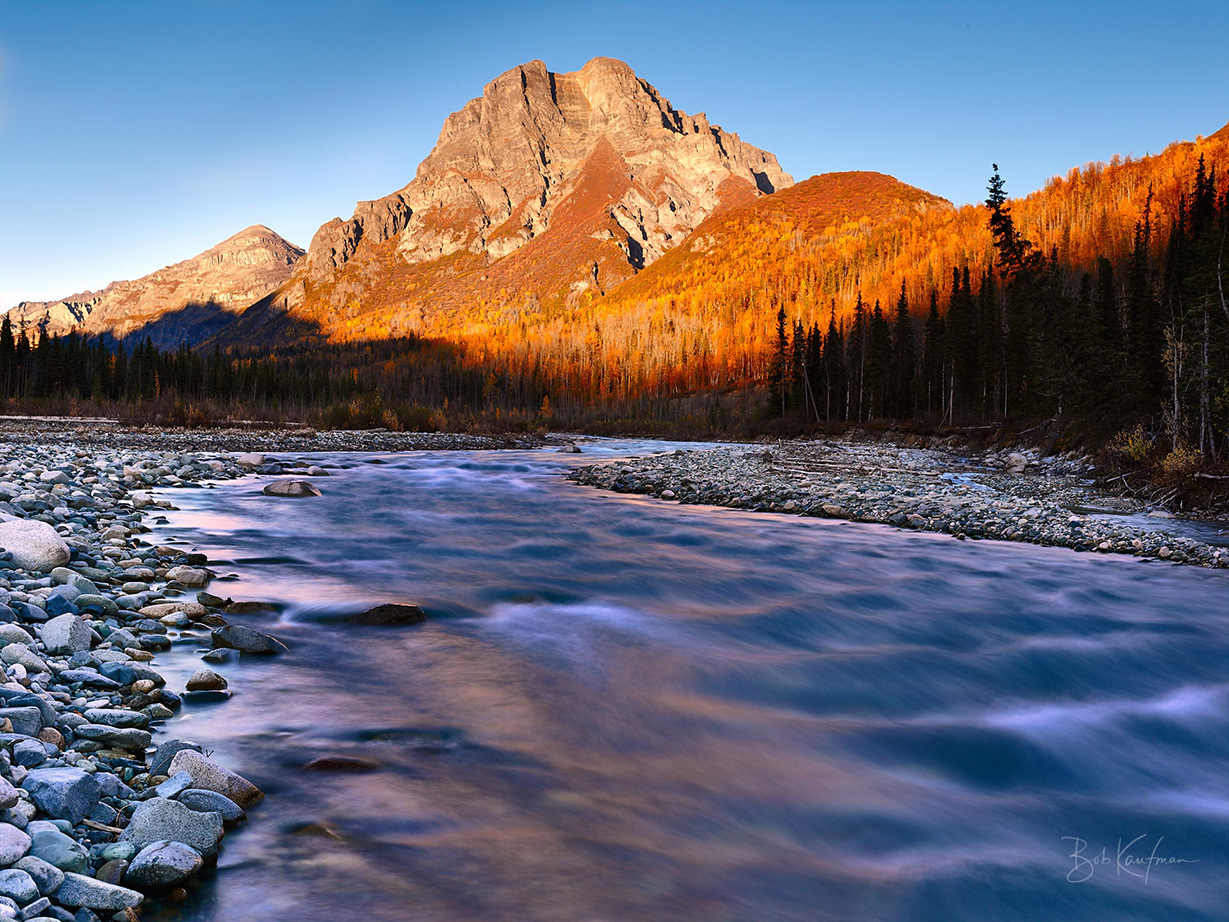
Where do you draw your inspiration from?
Experiencing natural wonders on a scale beyond my wildest imaginations. Photography is my way of paying homage to natural beauty I could not possibly explain in words.
The camera enables me to go from spectator to participant. It forces me to observe details in nature, to reflect on what moves me about the scene, and hardest of all, to isolate that with visual balance and a touch of mystery, so the viewer can enter the scene alongside me.
From a technique standpoint, I get a steady diet of inspiration from looking at the work of other photographers and occasionally going into the field with them. Seeing how others approach a scene keeps things fresh for me. It helps me think differently and reconsider my default artistic tendencies.
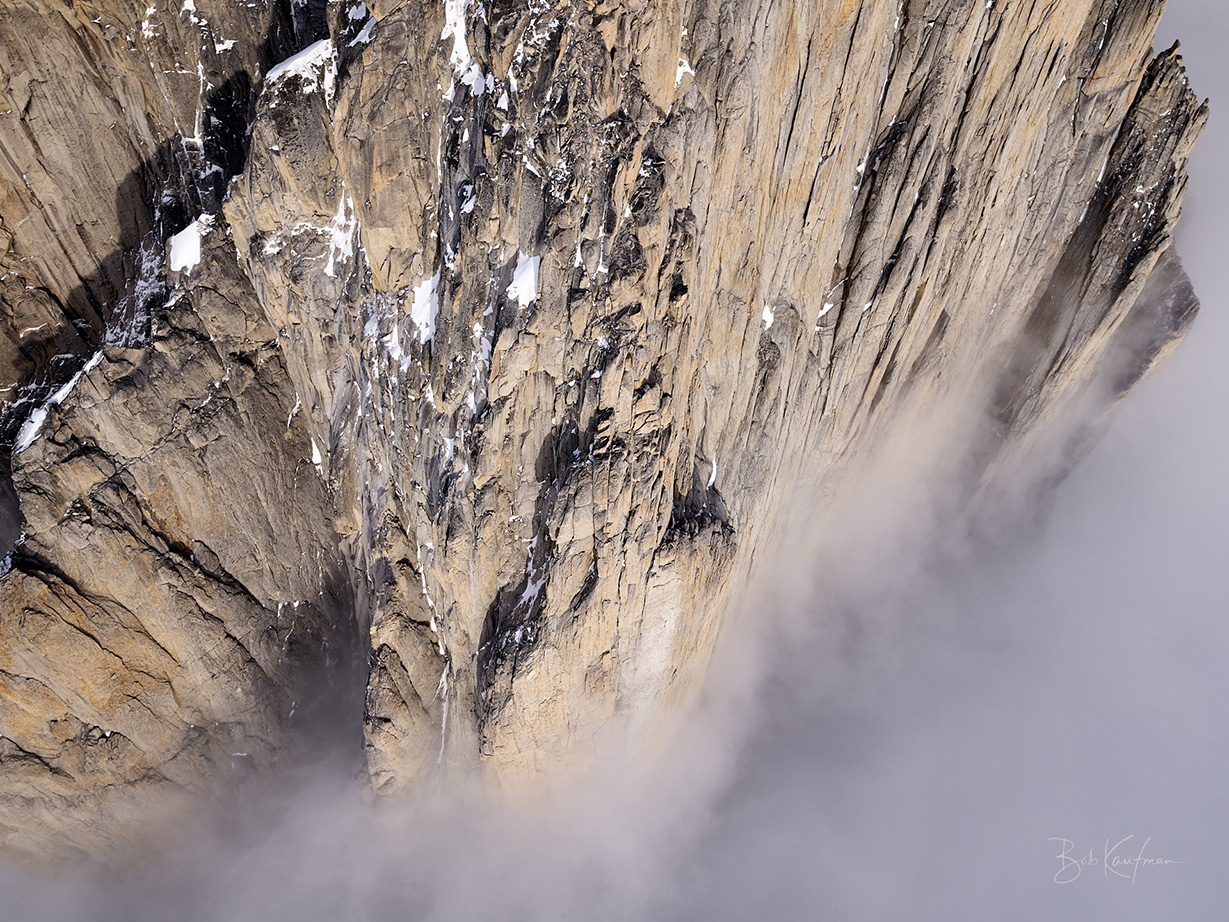
In which ways do you see your work evolving in the next 5 – 10 years from now? Do you have any upcoming projects you’d like to share with us?
I got into the Phase One only in the last year. My immediate goal is to build and market a portfolio of fine art photography prints, so I can continue to invest.
Over time, I would like to use the helicopter, Phase One, and my BobKaufman.com website to give the world a unique vantage point into Alaska, one that will inspire people to feel a stronger connection to and sense of ownership of America’s Last Frontier.
I’d also like to get other Phase One photographers to Alaska. There are so many shooting opportunities, and I have so much to learn.
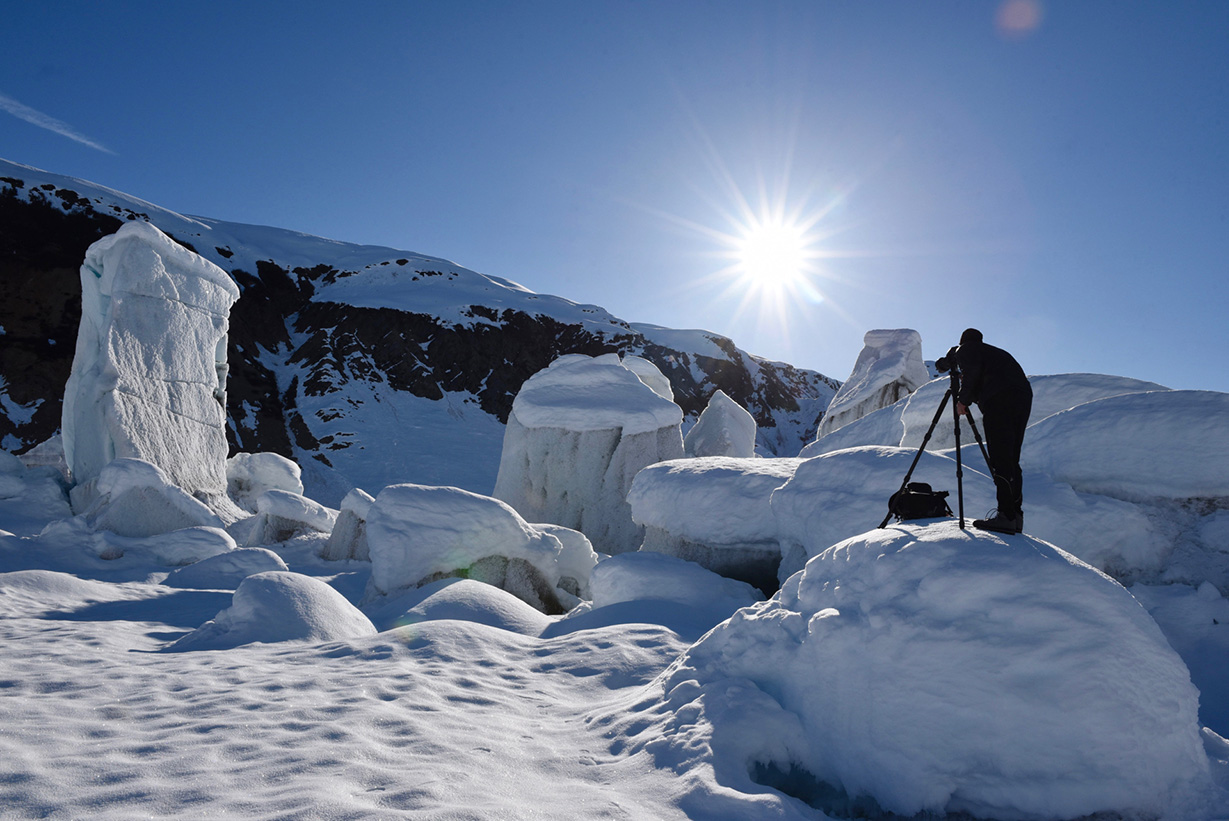
What is your favorite photography gear or tool that you take with you on every shoot? Why?
I don’t work in a studio; I’m always in the field. My F-Stoppers backpack is so handy. It holds all my lenses and equipment, and it’s well-centered when hiking. When I find my spot, I place it on the ground, zip it open, and grab what I need. Even on glaciers, everything inside stays dry. When shooting aerials, I keep it zipped open on the seat behind me in the helicopter and use it as my organizing shelf.
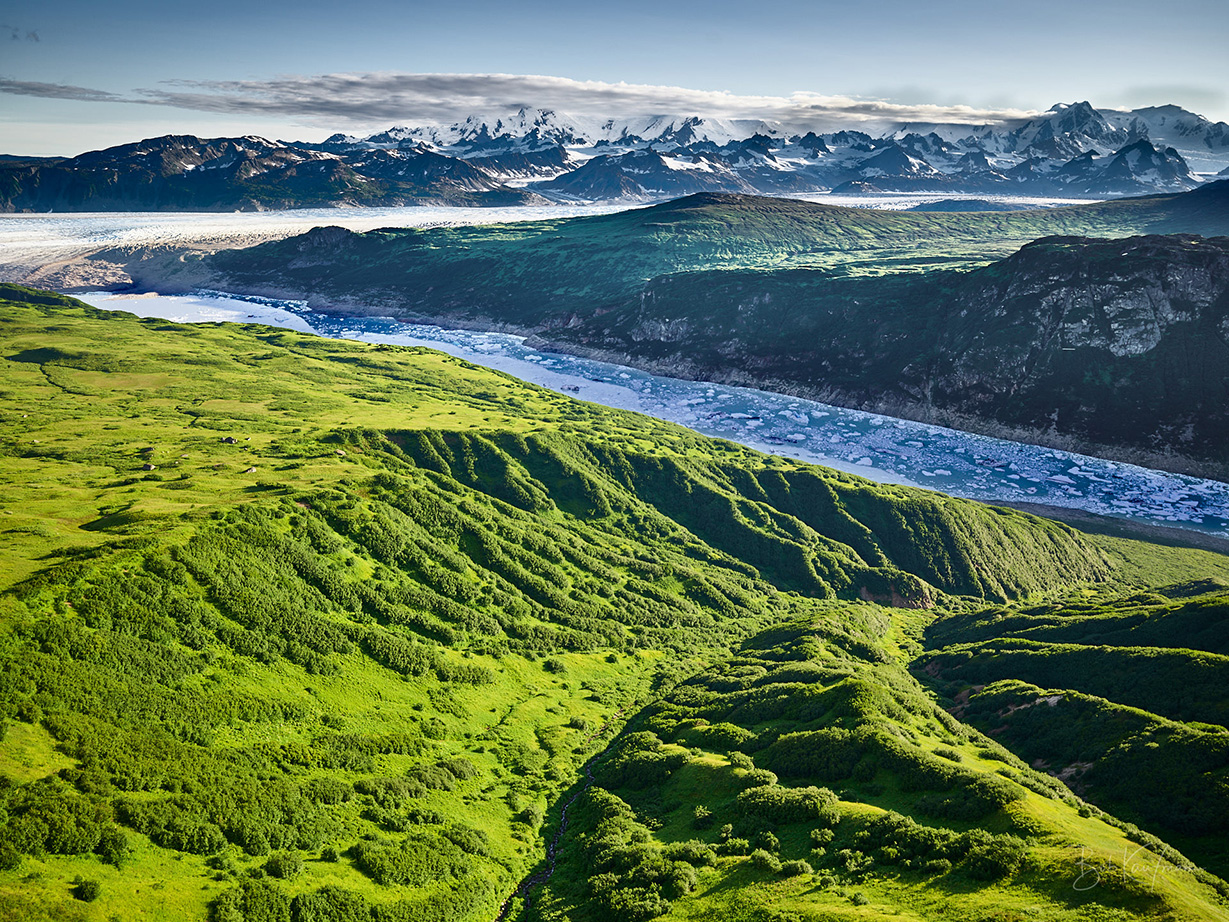
What made you chose Capture Integration as your partner?
When I began to research medium format, I emailed a national photographer for advice. He emailed back, saying: “If you’re looking at medium format, the best guys on the planet to talk to are the folks at Capture Integration in Atlanta.” I did speak with another medium format shop, but Chris Snipes of Capture Integration was clearly more knowledgeable, not just about Phase One but also about other options. So I felt comfortable going with them.
In retrospect, I’m grateful for the introduction. Chris got me a good deal on the camera and continues to be responsive to my many ongoing questions. Brad Kaye is an absolute authority on any technical issues I have. A month after getting my IQ3 Trichromatic, I was devasted when a calving glacier nearly destroyed it. I sent it to Brad, he fixed it at no cost using spare parts he happened to have, and sent it back two days later.
In short, they are a part of my team. I want to get them up to Alaska, so they can go shooting with me!

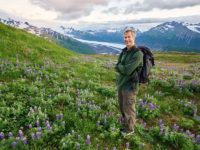 Connect with Bob
Connect with Bob
Website: bobkaufman.com
Instagram:@bobberkaufman